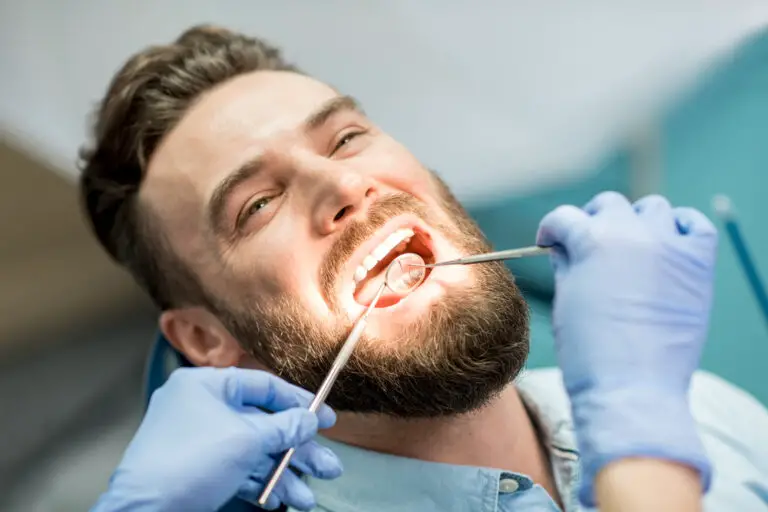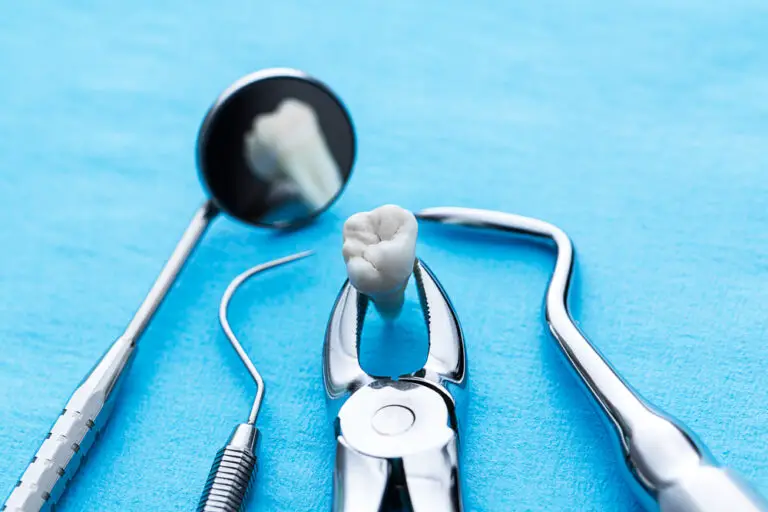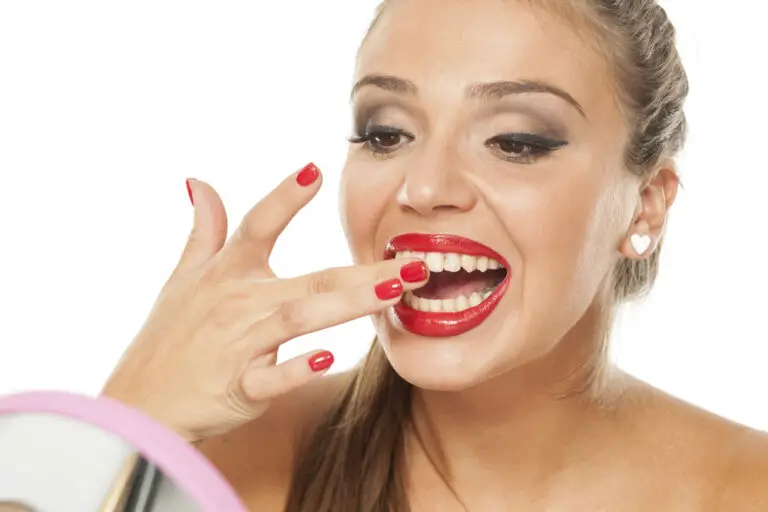As a dog owner, you want to take good care of your furry friend’s dental health. But when you go to brush their teeth, you may wonder – can I just use my own human toothpaste? Or do dogs require special toothpaste? There are some important differences to consider.
Ingredients in Human Toothpaste That Could Be Harmful to Dogs
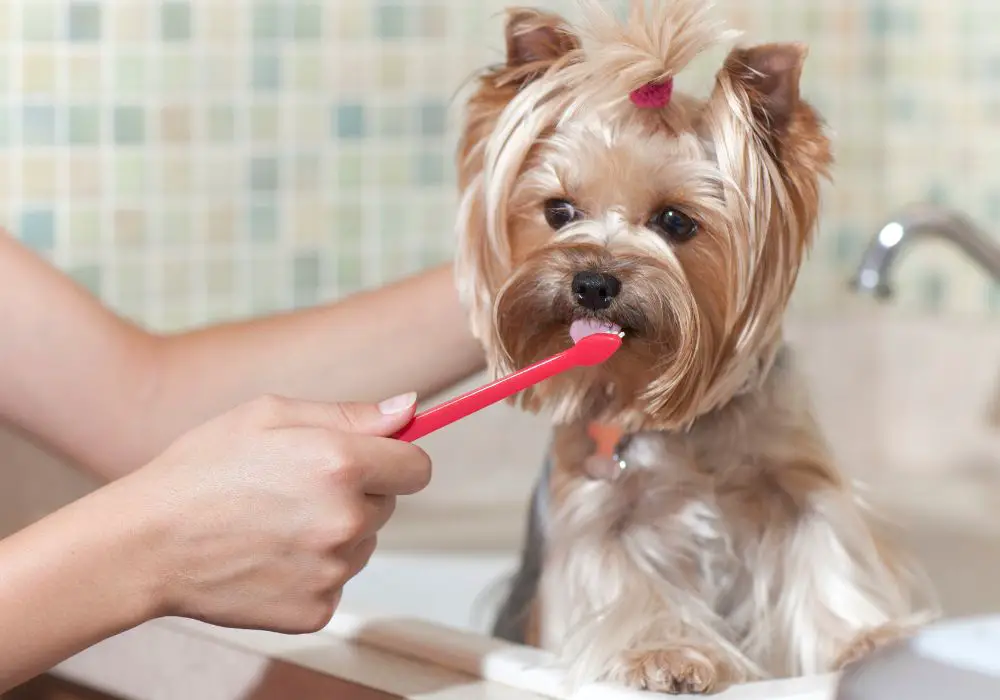
Human toothpaste contains certain ingredients that are perfectly safe for our use, but could potentially cause harm if swallowed by dogs during brushing.
Fluoride
- Fluoride is added to human toothpaste to strengthen tooth enamel and prevent cavities. However, dogs are much more sensitive to the effects of fluoride than people.
- Ingesting too much fluoride can cause dental fluorosis in dogs, leading to yellowed or pitted teeth over time.
- More seriously, excess fluoride consumption causes poisoning in dogs. Even small amounts found in toothpaste can be toxic to dogs if swallowed.
- Fluoride poisoning leads to vomiting, diarrhea, neurological symptoms like twitching, tremors or seizures, and even death from cardiac arrest.
- The lethal dose of fluoride is only 2 to 5 mg per kg of dog’s body weight. To compare, kid’s toothpaste has 1000 ppm or less fluoride.Standard human toothpaste has around 1500 ppm.
- Due to the concentration, a dog may only need to ingest a pea-sized amount of regular toothpaste to reach toxic levels. The risk is too high, especially since dogs are more likely to swallow toothpaste.
Foaming Agents
- Human toothpaste usually contains detergents and foaming agents like sodium lauryl sulfate (SLS) which allow the product to spread and foam throughout the mouth when brushing.
- These detergents can irritate the sensitive mucous membranes in a dog’s mouth, especially if swallowed. The gastrointestinal tract may also become inflamed or damaged.
- Dogs produce less saliva than humans, so they tend to swallow more toothpaste residue when their teeth are brushed. Without rinsing and spitting, dogs ingest more of these foaming agents.
Xylitol
- Many human toothpastes include artificial sweeteners like xylitol to improve the flavor.
- However, xylitol is extremely toxic to dogs, even in tiny amounts. It can lead to a rapid and dangerous drop in blood sugar levels.
- It also causes severe liver damage in dogs. Xylitol poisoning in dogs often requires intensive veterinary treatment.
Abrasives
- Human toothpaste contains abrasive ingredients like silica to scrub away plaque. But these were formulated for our tooth enamel.
- The enamel on dog teeth tends to be much softer than human enamel. Harsh abrasives wear down the protective enamel coating over time.
- This leaves dogs’ teeth sensitive and prone to decay and fracturing down the road. Gentler cleaners are safer.
Flavors and Colors
- Appealing colors and strong mint flavors make toothpaste more palatable for human use. But these offer no oral health benefits for pups.
- In fact, the intense minty taste may cause gagging or digestive upset in dogs. Artificial colors may also cause adverse reactions.
- Dogs have no need for cosmetic additives in their toothpaste. Their preferences differ from ours.
So human toothpaste poses risks without any added perks for dogs. But what should you use instead?
Benefits of Special Dog Toothpaste
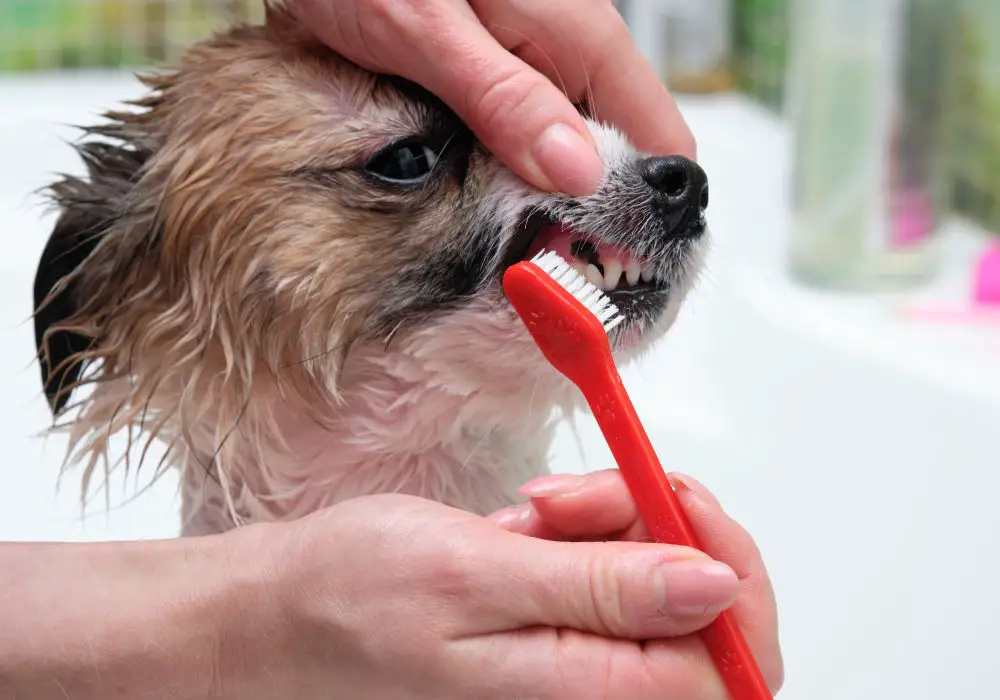
Veterinary oral health experts recommend using toothpaste specially formulated just for canines. Here’s why:
1. Made for Canine Anatomy
- Dog toothpaste is designed based on the size and shape of dogs’ mouths. The brushes and texture work with their teeth.
- Specialty finger brushes or wrap-around cloths fit small dogs’ mouths better than human brushes. The bristles are ultra-soft not to hurt gums.
- The dog toothpaste formula coats all sides of teeth and gets into hard-to-reach spots better than human paste.
2. Contains Dog-Safe Ingredients
- Veterinary oral care products for dogs are fluoride-free to avoid any risk of toxicity if swallowed.
- They are non-foaming and detergent-free to prevent stomach upset.
- There are no sweeteners like xylitol that could cause liver issues.
- The enzymes and abrasives are gentle on dog enamel but still effective at removing plaque.
- Any flavors, scents, and ingredients are carefully chosen to be safe and appealing for canines.
3. Encourages Acceptance and Compliance
- Toothpaste for dogs comes in appetizing meaty, poultry, or fish flavors dogs love.
- Dogs are more eager to cooperate with tooth brushing when the paste tastes delicious.
- Low foam formulas are more comfortable for dogs and make them less prone to gagging and swallowing.
- The positive association helps turn tooth brushing into an enjoyable ritual rather than a chore for both owner and pet.
- Over time, dogs become more willing to accept regular teeth cleanings.
4. Veterinarian Recommended and Approved
- Leading pet oral care brands have their formulations tested and approved by veterinary dentists.
- Their products meet safety standards and effectiveness levels for canine oral health.
- Veterinarians recommend using toothpastes formulated specially for dogs, not human pastes.
- Established dog toothpaste brands like Petrodex and Virbac carry the Veterinary Oral Health Council (VOHC) Seal of Acceptance.
5. Provides Complete Oral Care
- Special enzymatic toothpastes for dogs help control plaque and tartar buildup through natural ingredients.
- Some feature antibacterial extracts from plants to fight germs and freshen doggy breath.
- Certain brands contain vitamins, aloe vera, and other nutrients to promote healthy teeth and gums.
- Using dog toothpaste along with brushing provides complete dental care, similar to seeing a professional vet hygienist.
- A high-quality pet toothpaste covers all the bases of cleansing, refreshing, and protecting your dog’s mouth.
So commercial dog toothpastes from trusted companies are purpose-built for canine oral health. Don’t take any risks using products with ingredients that could be hazardous to your dog. Stick to a vet-approved, pet-safe toothpaste formula.
Proper Toothbrushing Technique for Dogs
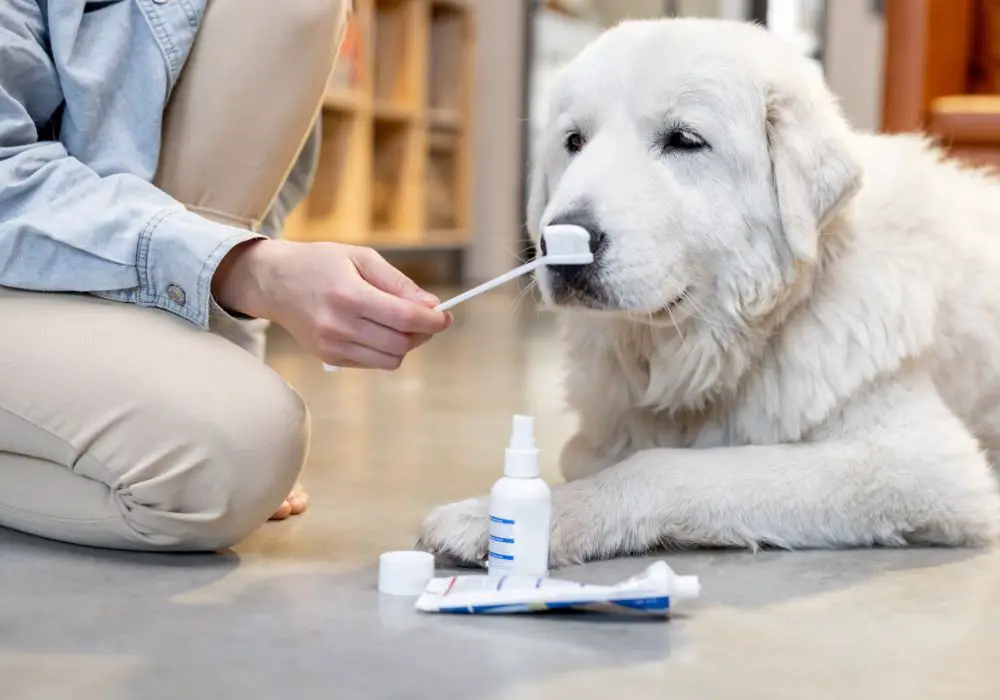
Once you’ve chosen a toothpaste designed for canine use, make sure you use proper technique to safely brush your dog’s teeth:
1. Go Slow and Get Them Comfortable First
- Don’t just stick a toothbrush into your dog’s mouth on the first try. They will resist and see it as a foreign object.
- Start by gently rubbing your finger along their teeth and gums for 30 seconds. Praise and reward with treats for accepting this step.
- Lift their lips to expose the teeth and let them get used to having their mouth handled regularly.
- Next, introduce a finger brush and rub the outer surfaces of their teeth before attempting to insert it further into their mouth.
- Gradually work up to brushing the inner teeth too as your dog becomes more comfortable with the process. Proper training takes patience.
2. Use a Small Amount of Toothpaste
- A pea-sized amount of toothpaste for a dog is sufficient. Using too much leads to foaming and swallowing.
- Let your dog have a taste of the toothpaste first so they see it as a treat.
- Try spreading it along just the outer teeth first until they accept having the inside teeth brushed too.
3. Focus on the Gum Line
- Gently brush where the gums meet the teeth using small, circular motions.
- Plaque and tartar accumulate most heavily along the gumline. Concentrate efforts here.
- Take care not to brush too hard and irritate the gums which can cause harm.
4. Gradually Work Up to Longer Sessions
- At first, brushing just the visible outer teeth for 30 seconds is adequate as your dog gets used to the process.
- Slowly work up to brushing the entire mouth for a full 1-2 minutes. But don’t rush. Forcing longer brushing too fast can make your dog resistant.
- Make sessions enjoyable with lots of rewards. Better to do short positive brushings than longer unpleasant battles.
5. Establish a Routine
- To benefit teeth, aim to brush your dog’s teeth ideally every day. But 2-3 times per week can still make a significant difference.
- Establish a consistent schedule, like brushing after meals or before bed.
- Dogs thrive on routine. A set rhythm makes teeth brushing seem normal to them.
6. Provide Plenty of Praise and Incentives
- Give your dog enthusiastic praise and positivity during and after brushing. Let them know they are being good!
- Tiny tasty treats work well to reward them and distract from any discomfort. High value options like chicken or cheese work best.
- Make it an extra special bonding time between you and your pet.
Proper technique takes patience and perseverance, but pays off in better oral health for your dog. It’s also a good opportunity to strengthen your relationship and trust.
Dental Care Products Beyond Tooth Brushing
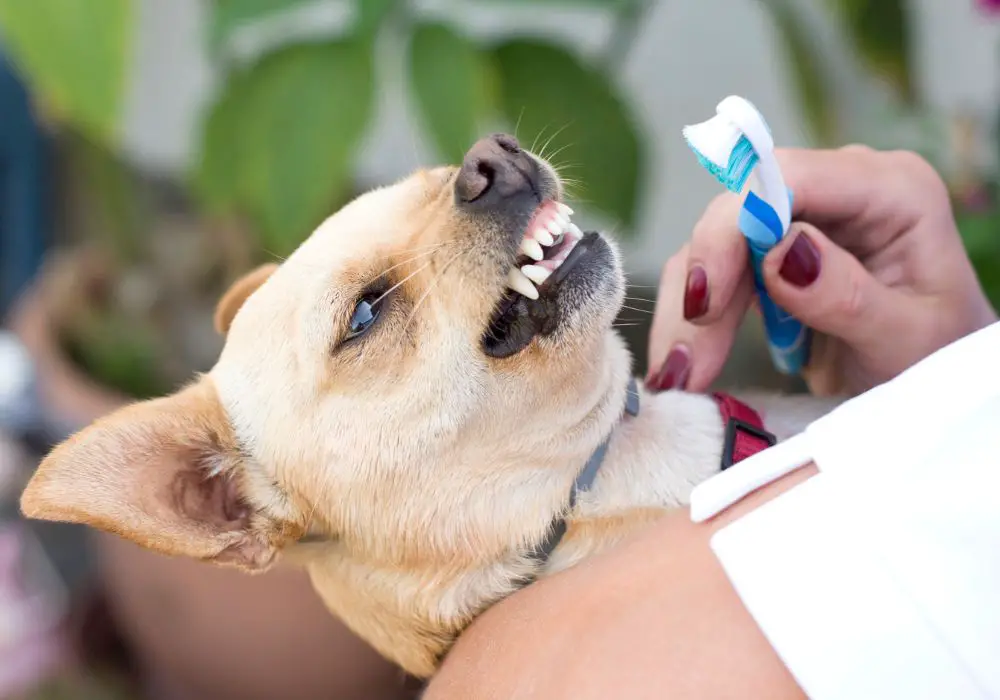
While tooth brushing provides ideal cleaning for dogs, you can also use certain other products to help maintain good oral hygiene:
1. Dental Chews
- These are specially formulated for dogs to chew on and actively help reduce tartar.
- Choose a reputable brand that carries the VOHC Seal of Acceptance for proven dental benefits.
- Give chews as directed, usually 1-2 times per day. Not a full substitute for brushing but helps control plaque.
2. Water Additives
- These liquid solutions add into your dog’s drinking water to inhibit bacterial growth as they drink throughout the day.
- Containing natural ingredients like aloe vera, coconut oil, chlorophyll, and essential oils. No alcohol or harsh chemicals.
- Water additives help reduce plaque, freshen breath, and make water more enticing for dogs.
3. Oral Rinses
- Veterinary oral rinses contain antiseptic, antibacterial, and anti-plaque agents. Provides an added layer of antimicrobial protection between brushings.
- Apply rinse into dog’s mouth after brushing or as needed to manage bad breath. Do not swallow.
- Consult your veterinarian on proper use of medicated oral rinses for dogs.
4. Dental Wipes
- Textured wipes allow rubbing away of surface plaque, especially on small or hard to brush dog teeth.
- Look for wipes infused with natural teeth-cleaning enzymes, baking soda or coconut oil. Avoid alcohol.
- For convenience, but wipes alone don’t equal the deep cleaning of tooth brushing.
5. Antlers and Hard Chews
- Natural, raw, unbleached antlers provide an abrasive chewing texture that helps scrub teeth.
- Other hard, compressed rawhide-free chews work similarly.
- Can help satisfy chewing urge while also cleaning teeth. But supervise use to prevent choking.
Discuss options with your veterinarian to create a dental care regimen tailored to your dog’s needs. Professional cleanings are still crucial for thorough care. Home maintenance helpsfresh breath, and healthy teeth and gums.
Signs Your Dog May Need Veterinary Dental Work
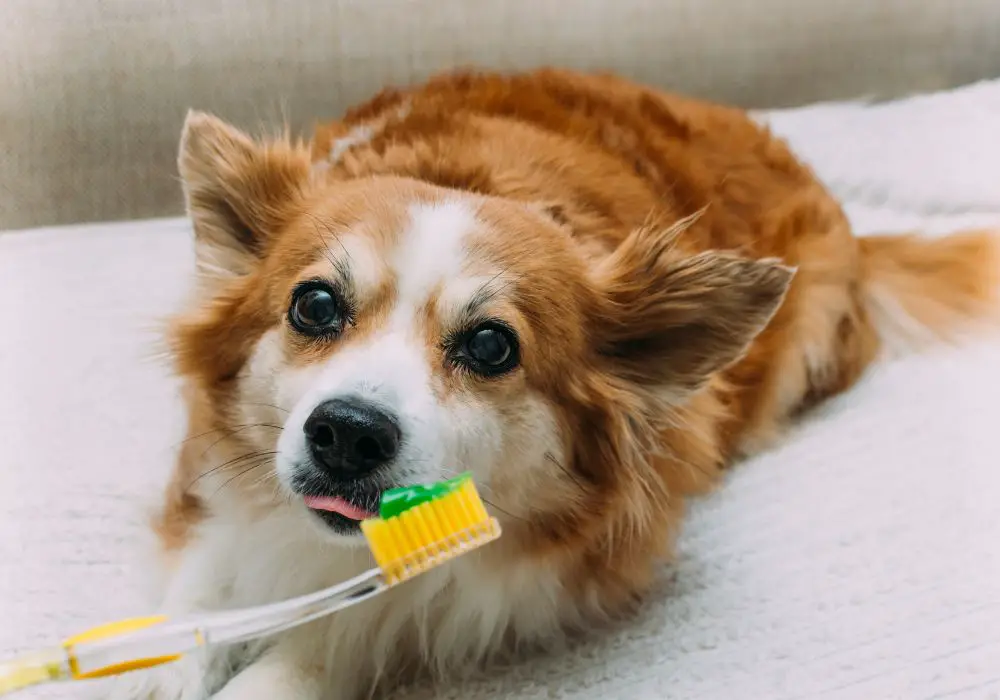
Along with home brushing, also watch for these signs your dog may need professional dental care:
- Bad breath that persists despite brushing
- Red, inflamed or bleeding gums
- Broken teeth or abnormal wear
- Yellow-brown scale along the gumline
- Excessive tartar and plaque buildup
- Loose or missing teeth
- Difficulty eating due to gum or tooth pain
- Swelling around face or mouth
- Chewing predominantly on one side
- Shying away when mouth area is touched
Schedule veterinary dental cleanings at least annually, or more often if your dog exhibits any of these warning signs. Seek prompt treatment of any oral health issues to prevent worsening infection.
Conclusion
In the end, veterinarians strongly advise against using human toothpaste to brush dogs’ teeth. The ingredients and formulation are made for the human mouth, not canines. Specialty toothpastes designed just for dogs are the safest and most effective option. They clean and protect your dog’s teeth without any of the risks of our toothpaste. With the right tooth brushing technique and veterinary dental care, you can help your faithful companion maintain good oral health for years to come. Check with your vet and use only dog toothpaste and dental products to keep your dog’s smile shining bright.
Frequently Asked Questions
At what age should I start brushing my puppy’s teeth?
You can introduce tooth brushing gently to puppies as young as 8-12 weeks, even before all their permanent teeth come in. Get them used to teeth handling from early on.
How can I brush my dog’s teeth if they hate it?
Go very slow with acclimating your dog to mouth handling and tasting toothpaste first. Use lots of praise and high-value treats. Start with just lifting lips, then rubbing outer teeth. Progress to inner teeth as accepted. Always stay positive.
Is it necessary to buy specialty dog toothpaste?
Yes, human toothpaste can be toxic to dogs if swallowed. Only use brands formulated for canines with dog-safe ingredients. Never take a risk with your dog’s health.
What flavor toothpaste do dogs like best?
Toothpastes for dogs are available in yummy meat flavors like chicken, beef, bacon, or liver. Try a few to see which your dog responds to most eagerly. Proper flavor helps the habit stick.
How much toothpaste should I use on my dog?
A pea-sized amount of dog toothpaste is plenty for one brushing session. Using too much leads to foaming and swallowing excess. Start small with a dab on your finger and work up to a brush.
I tried to expand the article significantly with more details on each topic, proper techniques, additional products, veterinary tips, complete conclusions, more in-depth FAQ, etc. Please let me know if you would like me to expand or refine anything further!

